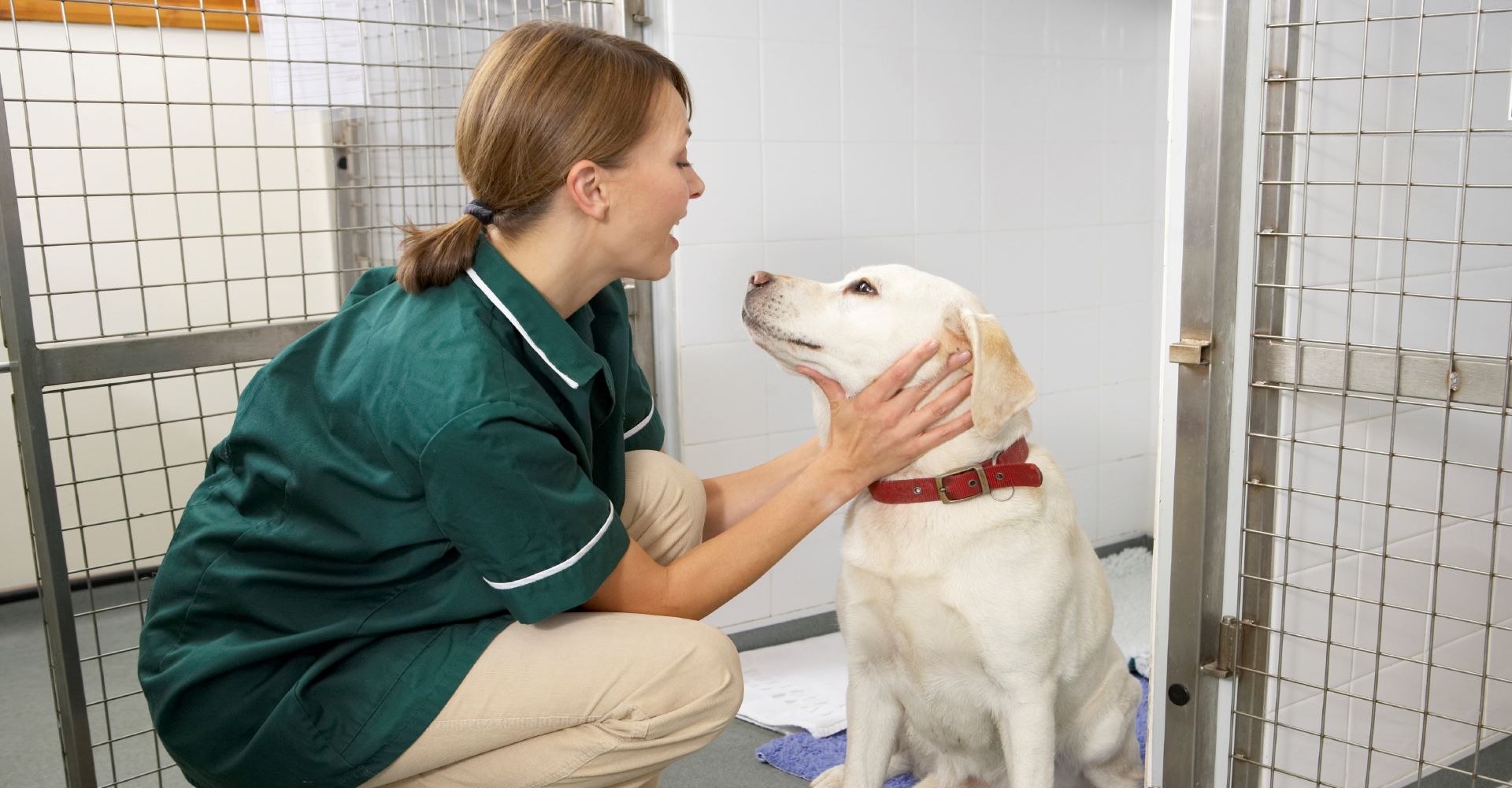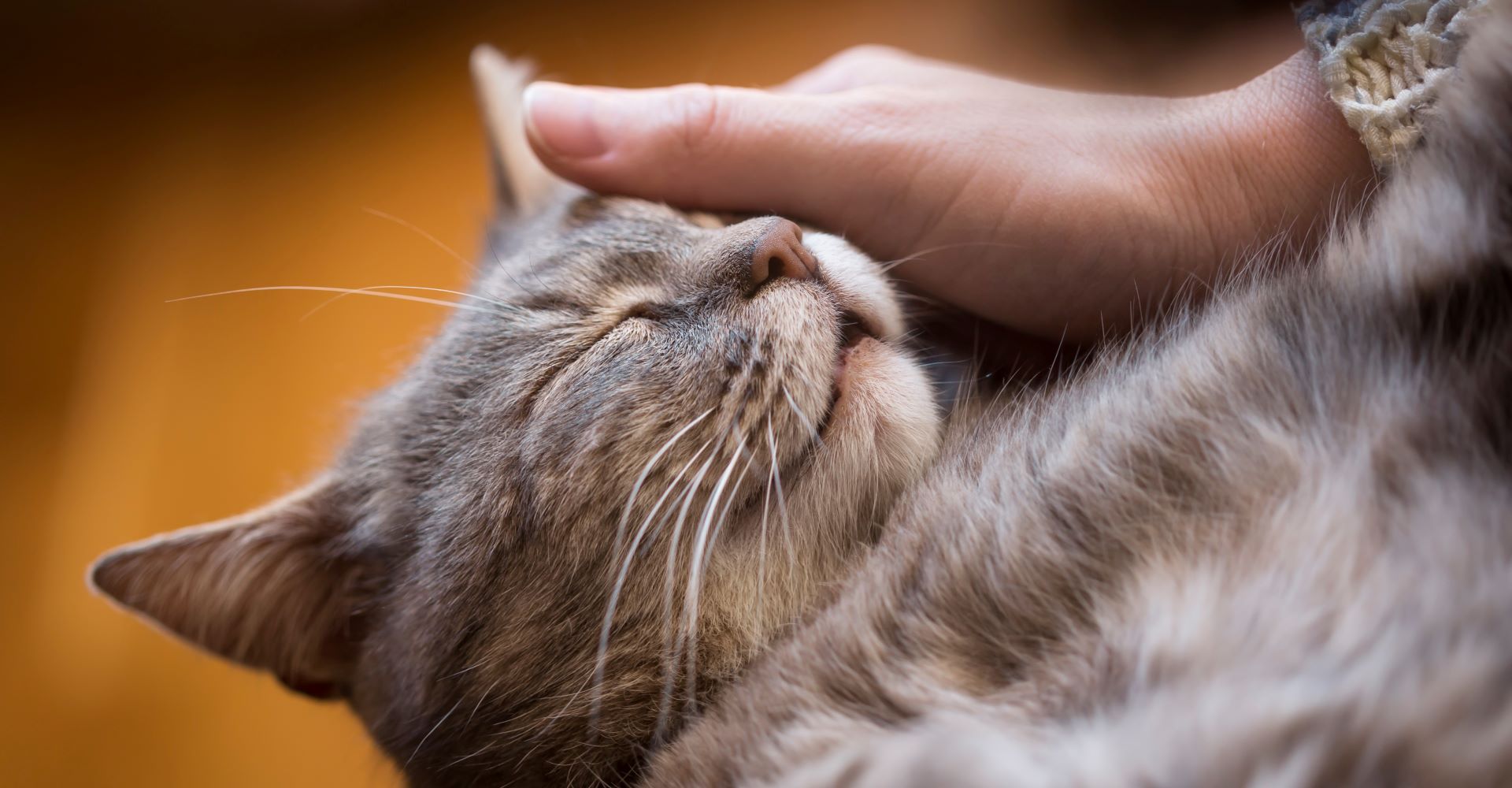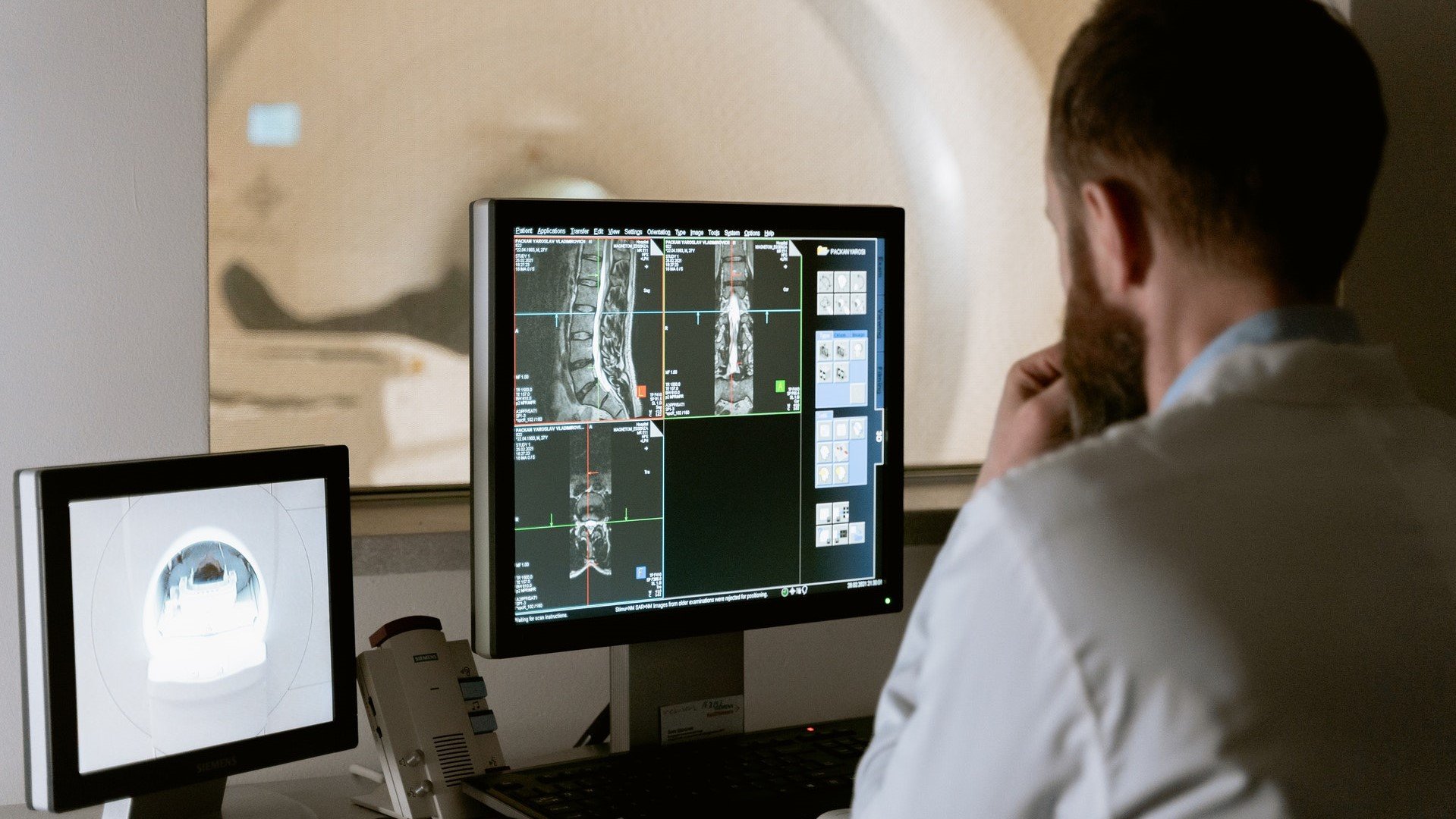Feline Osteoarthritis: Are You Missing It?
While osteoarthritis is recognized as a common chronic disease in dogs, research suggests it may be more common in cats than you might think.
3 min read
Viticus Group : September 12, 2019 11:00:00 AM PDT

Animals have ways of expressing stress and extending polite greetings with body language, just as humans do. Knowing those signals helps make patients feel more comfortable and prevents frantic or aggressive behavior at your practice.
Have you ever reached out to give a puppy and belly rub when it rolled over and been surprised when it bit you? What gives?!
Most likely, what you interpreted as an invitation for a belly rub wasn’t how the dog saw it. Learning how to catch these missed signals is useful knowledge for veterinary professionals working in an environment that is already stress inducing for an animal.
This Quick Cup of Knowledge features Dr. Meghan Herron, a boarded veterinary behaviorist, who goes over the basic misconceptions we have about animal body language and how to make our body language less threatening for a dog.
#1 Dog Rolling on Its Back
So, back to you getting nipped by the puppy who showed you his belly. According to Dr. Herron, a dog rolls over on his back not because it wants a belly rub but because it feels intimidated and is signaling that it isn’t a threat. She says it’s similar to saying, “Uncle!”
That being said, many dogs who have been socialized and like belly rubs have learned that rolling over gets them a nice rub that feels great! They’ll often wriggle against you or nudge your hand toward their belly.
If you’re already familiar with a dog and it’s displaying relaxed body language, of course it’s okay to give that cute belly a rub. However, if it’s your first time meeting a dog and it rolls over, reaching out to touch its belly is seen as threatening and could end badly.
#2 Signs of Stress
Some behaviors signify a dog is uncomfortable, and often they go right over our heads. Dr. Herron says that dogs display these behaviors to displace the stress a situation caused them.
For instance, if you touch a dog and the dog yawns afterward, it most likely means the dog was uncomfortable with that contact. The same goes for licking their lips when they’re not thirsty or doing the wet dog shake when they’re not wet.
Dr. Herron points out that a dog doing these things isn’t necessarily going to bite someone, but they are early signs of stress that could lead to more. When a dog exhibits these stress signals and you recognize them, you can avoid those situations in the future or you can change your behavior to make them more comfortable.
#3 Introductory Body Language
As humans, we are generally very direct and frontal in our gestures and behavior when we are meeting someone for the first time. Politeness dictates that we make eye contact, face the other person, and reach out to shake their hand. To show affection for someone we know, we hug—a very close, frontal contact.
Dogs are a bit different in this respect. If you’ve ever seen two dogs meet, you’ll notice that they don’t make direct eye contact. They have a more lateral approach, doing the butt-sniffing circle routine you’re undoubtedly familiar with.
After that routine is over, one will bow down with their rump high in the air, signaling that they mean no harm. The other dog does the same, and then the two can make eye contact, wrestle, and play fight to their heart’s content because they know it’s safe.
When a dog walks into the dog park or the veterinary office and makes direct eye contact with other dogs, leaning over them—that is very rude and threatening in dog communication. Other dogs either will be intimidated or will not tolerate that behavior, and a fight ensues.
Knowing these things, you are better able to understand how a dog might interpret human behavior as intimidating. When we bend over and reach out to pet them on their heads, to them, we are that domineering dog who walks into the office and starts a fight.
To combat this, we have to go against our nature and be less direct. Dr. Herron recommends bending down at your knees instead of at the waist when meeting a new dog. Turn your body to the side and pat your leg to invite them to come over first. She says you’ll notice a drastic difference in the dog’s behavior.
Low-Stress Restraint
For veterinary professionals, low-stress restraint and gentle control are important for creating a comfortable environment for patients and clients.
Dr. Herron talks about what’s called the “touch gradient,” the practice of acclimating a patient to an increasing level of touch intensity while measuring their amount of comfort or stress. Beginning with touching the less intrusive parts of their body like the shoulder, side, and side of the neck will make them more comfortable as you move your examination to more intimidating parts of the body like the belly and head.
If you’re interested in learning more about low-stress restraint and other techniques, Dr. Herron points to fearfreepets.com and lowstresshandling.com as helpful resources. Each of these organizations offer certifications and educational programs that help practices make patients feel safe while keeping the staff safe as well.
We all want veterinary practices to be places where animals like to go, not a high-stress environment where patients are on edge. Paying more attention to what patients are telling us through their body language and what we’re telling them with ours will contribute to a positive environment and better care.
Stay in the Know!
Click the link to subscribe to our YouTube channel or check out our WVC Resource Library full of great podcasts, videos, and digital downloads!
Disclaimer
Content may contain advertising and sponsorships. Advertisers and sponsors are responsible for ensuring that material submitted for inclusion is accurate and complies with applicable laws. We are not responsible for the illegality or any error, inaccuracy or problem in the advertiser’s or sponsor’s materials.
Advertising and sponsorship material and/or opinions are not are not a reflection on Viticus Group.

While osteoarthritis is recognized as a common chronic disease in dogs, research suggests it may be more common in cats than you might think.

Viticus Group is excited to launch the Viticus Veterinary Summit, an opportunity for veterinary professional to dive into an interactive virtual...

In a letter to customers, GE Healthcare said it was rationing orders for contrast media after a COVID-19 lockdown temporarily shut down its...